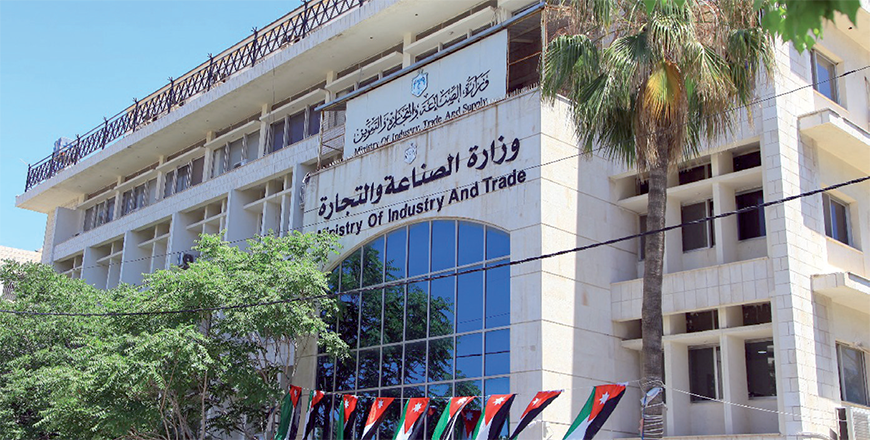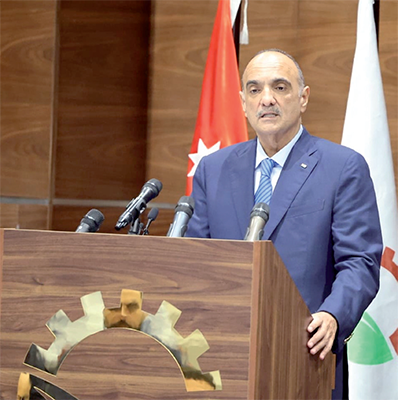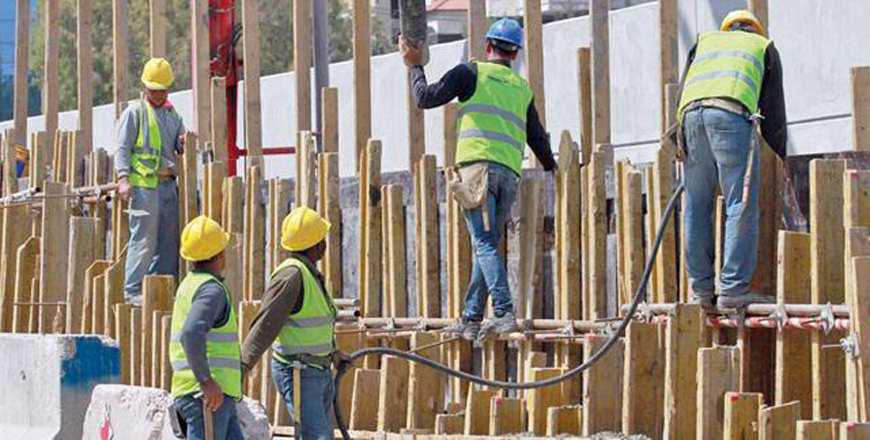You are here
Industrial Policy 2024-2028 outlines series of targets to revitalise industrial sector
By JT - Mar 17,2024 - Last updated at Mar 17,2024

The 2024-2028 Industrial Policy Document, approves by the government last month, has outlined a series of targets aimed at revitalising the country’s industrial sector (Petra photo)
AMMAN — The 2024-2028 Industrial Policy Document, approved by the government last month, has outlined a series of targets aimed at revitalising the country’s industrial sector. These include achieving an annual growth rate of 2.03 per cent in value-added and a 3.4 per cent increase in employment opportunities for Jordanians in the industrial sector.
The strategic plan also sets a goal to expand the number of exported products to more than $5 million and diversify the export portfolio to include 66 distinct products by 2028, as reported by the Jordan News Agency, Petra.
The plan also aims to diversify product offerings, enhance value-added manufacturing processes, and bolster competitiveness and productivity. Key strategies include optimising the use of raw materials, fortifying national value chains, and elevating quality standards across industries.
The document also highlighted the industrial sector’s growth of 10.2 per cent between 2000 and 2008, followed by a slowdown between 2009 and 2019, with the annual growth rate plummeting to a mere 1.8 per cent. This decline resulted in the manufacturing sector’s share of the national economy shrinking to 17.4 per cent by 2022, down from 21.2 per cent in 2008.
The document also addressed the challenges faced by the sector over the past 15 years, including the struggle to meet the rising domestic demand for manufactured goods, which has led to a widening trade deficit, in addition to the global financial crisis, regional instability, and the COVID-19 pandemic.
The document also noted that while employment in the industrial sector increased by 2.5 per cent between 2010 and 2019, this growth was insufficient to accommodate the influx of new entrants into the labour market.
It also reported that the textile and clothing sector emerged as the largest contributor to job creation among the industrial sectors, although 70 per cent of these jobs were filled by foreign workers.
Despite these hurdles, the sector has succeeded in reducing the energy intensity of production, positioning Jordan as a regional leader in this regard. Carbon dioxide emissions decreased from 2,075 kilotonnes in 2011 to 1,573 kilotonnes in 2019, despite the growth in value-added manufacturing.
The document also highlights the concentration of industrial exports in a limited number of products and markets. In 2010, 66 per cent of the sector’s exports were destined for markets in the MENA region by 46 per cent and the US by 20 per cent.
Related Articles
AMMAN — Prime Minister Bisher Al Khasawneh on Thursday attended the launch of the Arab Potash Company's (APC) 2024-2028 strategy and unveile
AMMAN — The construction sector has an annual production output of nearly JD1.7 billion, representing 10 per cent of the country's tot
AMMAN — Jordan-made medical products have accessed more than 90 countries, constituting 2 per cent of the Kingdom’s GDP, according to the Jo

















